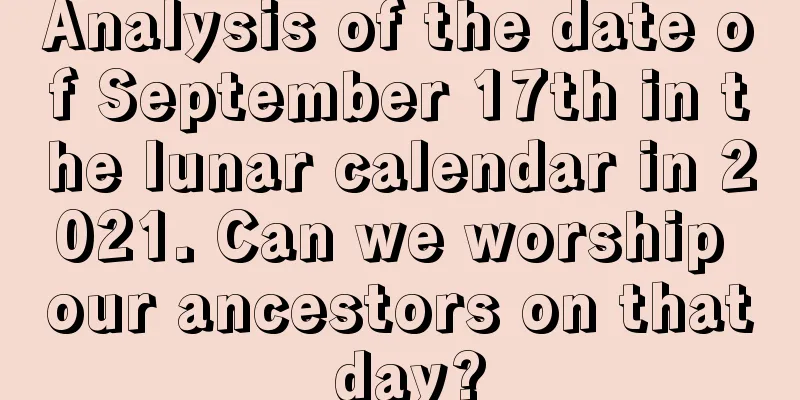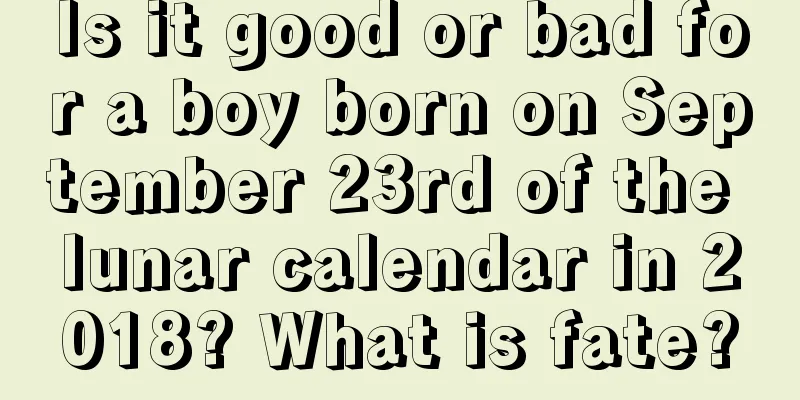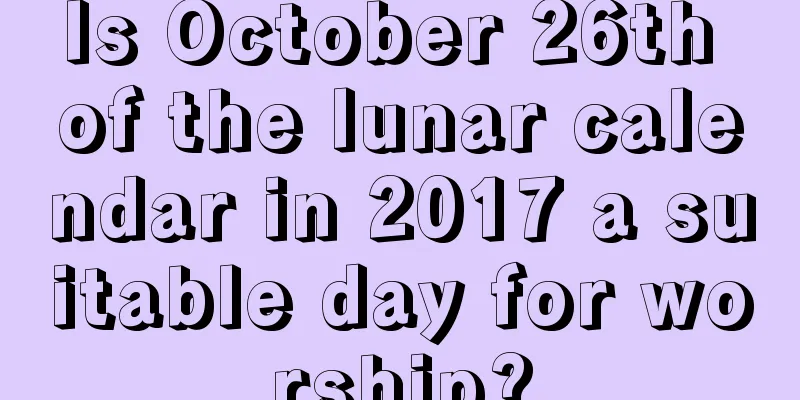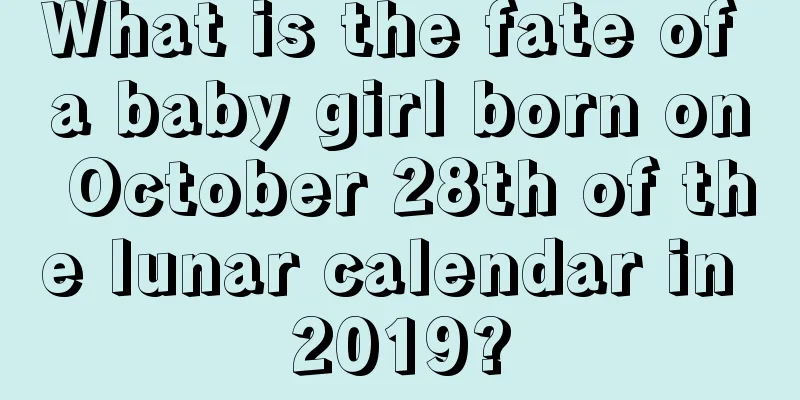What stars should we look at on the night of Chinese Valentine’s Day? The Origin of Altair and Vega

Speaking of watching the stars on the Chinese Valentine's Day, I believe everyone is familiar with it. However, not everyone knows which stars to watch on the Chinese Valentine's Day. So, let's take a look at which stars to watch on the night of the Chinese Valentine's Day. The seventh month of the lunar calendar is the seventh month of the lunar calendar. Do you want to know the lunar calendar dates for the seventh month of the lunar calendar? Click on Mr. Shui Mo's website for inquiries.What stars should we look at on the night of Chinese Valentine’s Day?It is said that people can see Altair and Vega on the night of Chinese Valentine's Day.On clear summer and autumn nights, the sky is full of shining stars, and a white Milky Way stretches across the north and south, with a shining star on each side, with Altair and Vega facing each other across the river. Legend has it that on the night of Chinese Valentine's Day, if you look up, you can see the Cowherd and the Weaver Girl meeting across the Milky Way, and you can even eavesdrop on their sweet love words as they meet in the sky under the fruit rack. Countless lovers in the world will pray to the starry sky for a happy marriage on this night when the night is quiet. So, you need to look at Altair and Vega on the night of Chinese Valentine’s Day. The Origin of Altair and VegaThe legend of the Cowherd and the Weaver Girl on the Chinese Valentine's Day originated from people's worship of natural celestial phenomena. As early as the ancient times, the ancient people who pursued order not only planned the sky in an orderly manner, but also matched the stars with the ground areas one by one. This correspondence is called "dividing the stars" in astronomy and "dividing the fields" in terms of the ground. Simply put, the ancients corresponded each constellation in the sky with a physical geographical area on the earth. The purpose of dividing the stars and the fields in ancient times was mainly to cooperate with astrological theories to predict celestial phenomena.In the ancient star system, "Niu Su" is composed of 6 stars and is located on the east coast of the Milky Way. It looks like two inverted triangles, one above and one below. It is very distinctive, but the upper triangle is larger and brighter. The small triangle below is located exactly on the ecliptic. These stars form a cow with two horns on its head but only three feet, so the ancients called it "Morning Cow". There are 9 small stars to the south of this "cow", forming the "Tiantian", which is where it cultivates the land. Looking further south, near the southern horizon, there are 9 stars of "Jiukan". Kan is a lowland for storing water, which is used to irrigate farmland. Immediately to the east of Niu Su are the three stars "Luo Yan", which is a water conservancy facility similar to a reservoir. The three "Vega" stars are located in the north of Niu. Among them, "Vega I" is the fifth brightest star in the sky, second only to "Arcturus", so it is often directly called "Vega". People call the "Niu Suxing" and "Zhe Nu" together as "Cowherd and Weaver Girl". |
<<: Is July 16th, the beginning of summer in 2021, a good day? Is it auspicious to open a business?
Recommend
Is there a holiday on Children's Day 2018? How many days off?
Introduction: June is getting closer and closer, a...
Is the second day of the eighth lunar month in 2021 a good day? Can we have a funeral?
After people die, they need to be buried, and a go...
Is it a good time to move on the tenth day of the eighth lunar month in 2018?
The eighth month of the lunar calendar is also kn...
What is the zodiac sign of a baby born on October 13, 2018 in the lunar calendar?
It is the tenth month of the lunar calendar. Autum...
What is the fate of a baby girl born on the tenth day of the second lunar month in 2022? OK?
Whether the fate of a baby girl is good or not dep...
Where is the direction of the God of Happiness on April 21st of the lunar calendar 2020?
Where is the direction of the God of Happiness on...
What month is the first lunar month in 2020? Why is the first lunar month called the first lunar month?
Introduction: The first month of the lunar calenda...
Is September 14th of the lunar calendar in 2021 a suitable day for starting renovations?
For those who want to build, renovate or decorate ...
What is the zodiac sign for those born on the Dragon Boat Festival on May 5, 2022? What are the advantages?
The fifth day of the fifth lunar month in 2022 is ...
How is the fate of people born on the Cold Food Festival in 2020, the Year of the Rat?
Everyone has his or her own zodiac sign and destin...
Why is Mid-Autumn Festival called Chinese Valentine's Day? Mid-Autumn Festival or some other festival?
Nowadays, when people mention the Mid-Autumn Festi...
Interpretation of the God of Wealth’s position on December 14, 2019 of the lunar calendar, and song about the God of Wealth’s position!
The position of the God of Wealth can be checked ...
Query the position of the God of Happiness on December 17, 2017
The biting cold wind cannot blow away people'...
Is it a good idea to get engaged on Dragon Boat Festival in 2022? What do you need to prepare for an engagement?
Engagement is a ceremony before the wedding, which...
Is it taboo to break ground and repair graves on the 9th day of the second lunar month in 2020? Check the auspicious time on March 2nd according to the almanac!
Introduction: Every day has its good and bad luck,...









